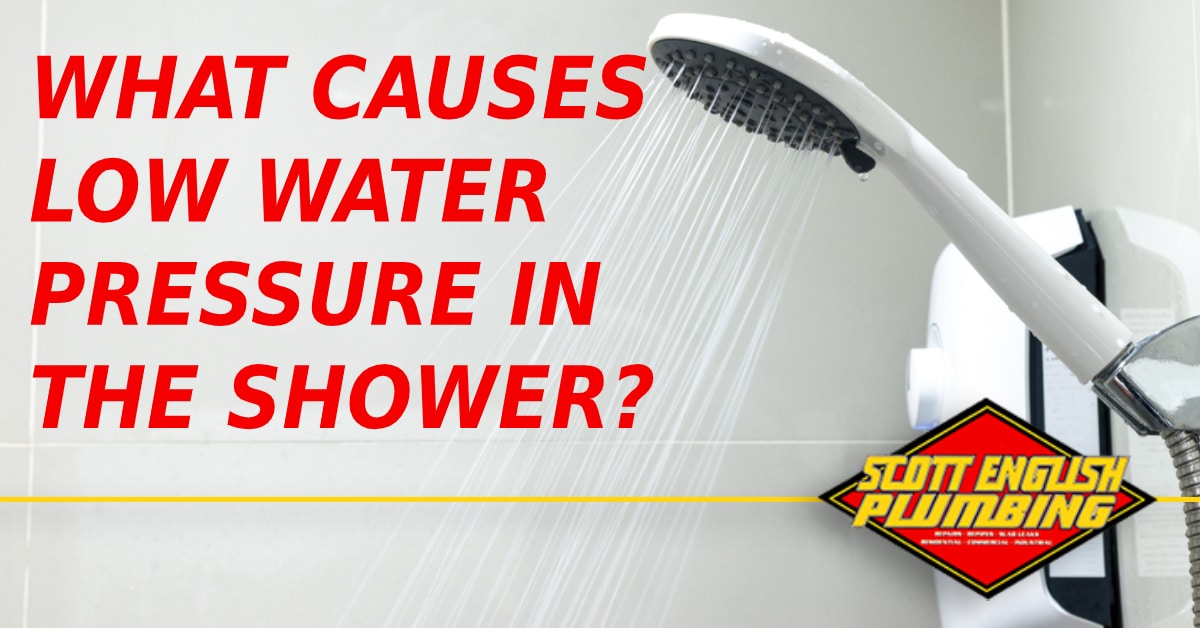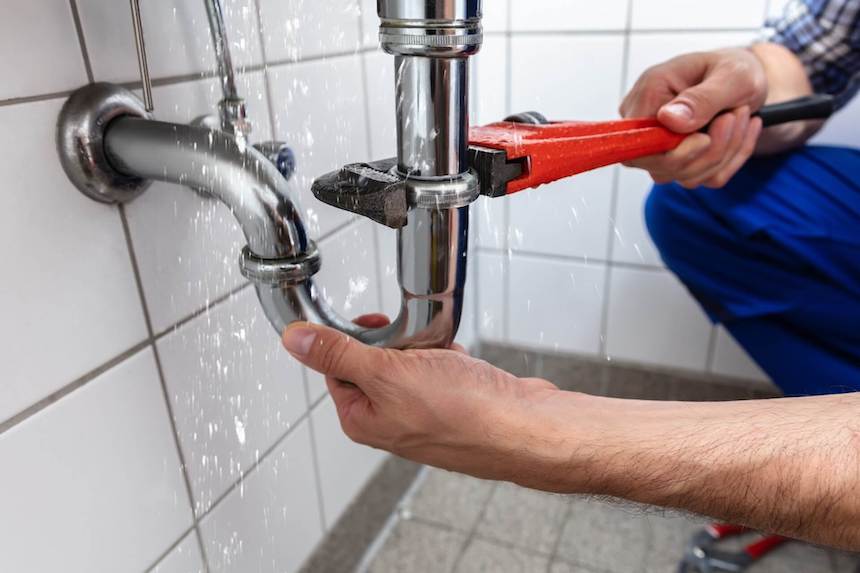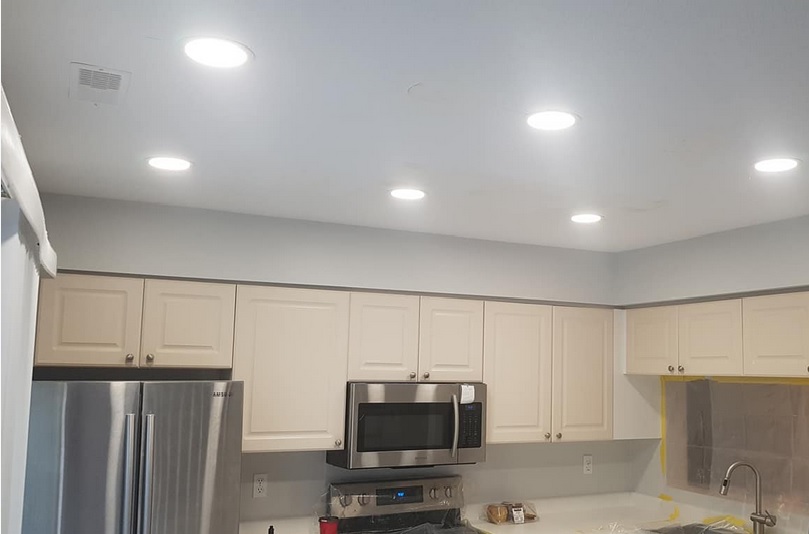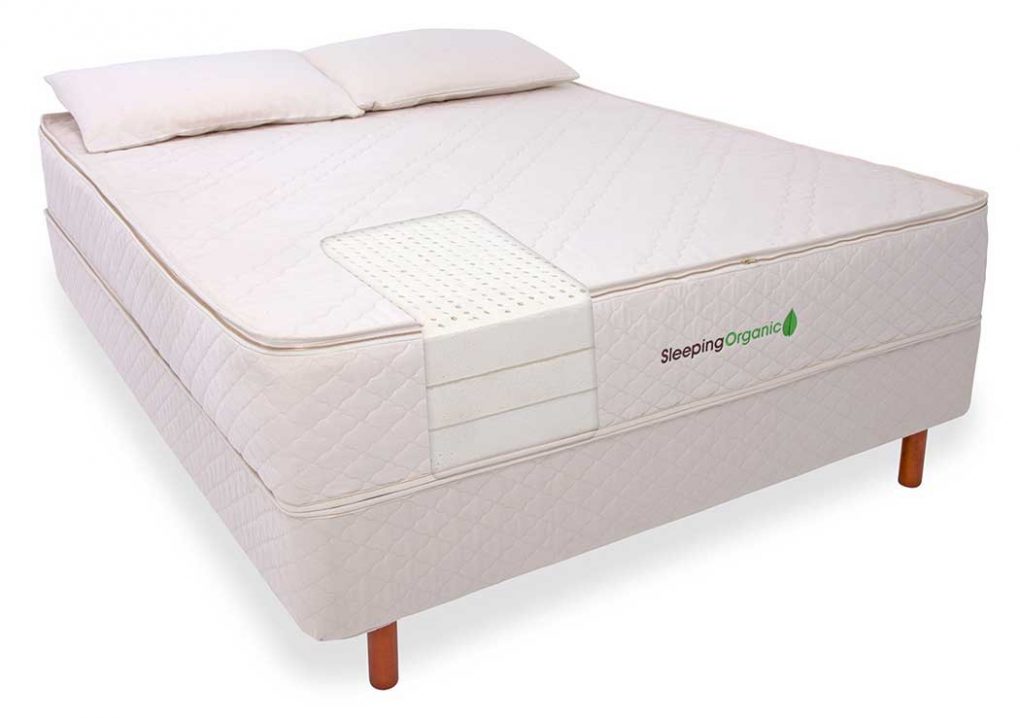If you've noticed a decrease in water pressure in your bathroom sink, don't panic. This is a common problem that can usually be fixed with a few simple steps. In this article, we'll walk you through the process of fixing low water pressure in your bathroom sink. Step 1: Check the aerator The first thing you should do is check the aerator on your sink faucet. The aerator is a small mesh piece that attaches to the faucet and controls the flow of water. Over time, it can become clogged with mineral deposits or debris, causing a decrease in water pressure. Simply unscrew the aerator and clean it with a mixture of water and vinegar. Then, reattach it to the faucet and test the water pressure. Step 2: Inspect the water shut-off valves In some cases, low water pressure in your bathroom sink may be due to a partially closed water shut-off valve. These valves control the flow of water to specific areas of your home. Make sure the valve for your bathroom sink is fully open and not partially closed, which can restrict water flow. Step 3: Check for leaks A leak in your plumbing system can also cause a drop in water pressure. To check for leaks, turn off all faucets in your home and then check your water meter. If the meter is still running, you likely have a leak. You can also inspect your pipes for any visible leaks or call a plumber for a professional inspection. Step 4: Clean or replace the cartridge If your bathroom sink has separate handles for hot and cold water, you may have a cartridge that controls the water flow. Over time, this cartridge can become clogged or worn out, leading to a decrease in water pressure. You can try cleaning the cartridge with white vinegar or replacing it altogether. Step 5: Check the water pressure regulator The water pressure regulator is a valve that controls the overall water pressure in your home. If this valve is not set correctly, it can cause a drop in water pressure. You can adjust the valve yourself or call a plumber for assistance.How to Fix Low Water Pressure in Your Bathroom Sink
If you've tried the above steps and are still experiencing low water pressure in your bathroom sink, here are five other common causes to consider: 1. Clogged pipes Over time, pipes can become clogged with mineral deposits, rust, or debris. This can restrict water flow and lead to a decrease in water pressure. If your home has old pipes, it may be time to have them professionally cleaned or replaced. 2. Broken pressure relief valve The pressure relief valve is a safety feature that regulates the water pressure in your plumbing system. If this valve is broken or malfunctioning, it can cause a sudden drop in water pressure. You'll need to call a plumber to have it repaired or replaced. 3. Water main break If your entire home is experiencing low water pressure, it may be due to a water main break in your area. Contact your local water company to find out if there are any known issues in your neighborhood. 4. Water heater issues If your bathroom sink is supplied with hot water from a water heater, a malfunctioning water heater could be the cause of low water pressure. Check the water heater for any issues or call a professional to inspect and repair it. 5. Municipal water supply issues In some cases, a drop in water pressure may be due to issues with the municipal water supply. This could include water main breaks, water treatment plant issues, or other issues that are out of your control. If you suspect this may be the case, contact your local water company for more information.5 Common Causes of Low Water Pressure in Bathroom Sinks
If you're still having trouble with low water pressure in your bathroom sink, here are some additional troubleshooting tips: 1. Check other faucets Is the low water pressure only affecting your bathroom sink, or are other faucets in your home experiencing the same issue? If it's just your bathroom sink, the problem is likely isolated to that area. If other faucets are also affected, it could be a larger issue with your plumbing system. 2. Consider your water usage If you're using a lot of water in other areas of your home, such as running the dishwasher or doing laundry, it could be affecting the water pressure in your bathroom sink. Try limiting water usage in other areas to see if it makes a difference. 3. Contact a plumber If you've exhausted all troubleshooting options and are still experiencing low water pressure, it's time to call a professional plumber. They will be able to diagnose the issue and provide a solution to restore proper water pressure in your bathroom sink.Troubleshooting Low Water Pressure in Bathroom Sinks
If you're tired of dealing with low water pressure in your bathroom sink, here are some ways to increase it: 1. Install a booster pump A booster pump can help increase water pressure in your bathroom sink by adding pressure to the water supply. This is a more expensive option, but it can be worth it if you consistently have low water pressure. 2. Replace old pipes As mentioned earlier, old pipes can become clogged and lead to a decrease in water pressure. If your home has old pipes, consider having them replaced to improve water flow and pressure. 3. Upgrade your water heater If your water heater is old or malfunctioning, it could be affecting the water pressure in your bathroom sink. Consider upgrading to a newer, more efficient model to improve water flow and pressure. 4. Adjust the water pressure regulator If you have a water pressure regulator, it may need to be adjusted to allow for higher water pressure. Consult a professional plumber to ensure it is set at a safe and appropriate level.How to Increase Water Pressure in Your Bathroom Sink
There are many potential causes for a drop in water pressure in your bathroom sink. Some of the most common include: 1. Mineral buildup Mineral deposits can build up in pipes and fixtures over time, leading to a decrease in water pressure. Regular cleaning and maintenance can help prevent this issue. 2. Clogged aerator As mentioned earlier, a clogged aerator can restrict water flow and lead to low water pressure. Cleaning or replacing the aerator can help resolve this issue. 3. Old pipes Old pipes can become corroded, clogged, or damaged, which can affect water flow and pressure. Consider replacing old pipes to improve water pressure in your bathroom sink. 4. Water main issues Issues with the main water supply can also cause a drop in water pressure. Contact your local water company for more information if you suspect this may be the case. 5. Plumbing leaks Leaks in your plumbing system can affect water pressure and lead to other issues. Regularly inspect your pipes and call a plumber for any necessary repairs.Causes and Solutions for a Drop in Bathroom Sink Water Pressure
If you're experiencing a sudden drop in water pressure in your bathroom sink, here are some simple steps you can take to fix it: 1. Check the faucet Make sure the faucet is fully open and not partially closed, which can restrict water flow. 2. Clear out debris Clean out the aerator and any other parts of the faucet that may be clogged with debris. 3. Inspect the pipes Check for any visible leaks or damaged pipes that may be affecting water flow and pressure. 4. Test the water pressure Use a water pressure gauge to measure the pressure in your bathroom sink. If it's lower than normal, there may be an issue with your plumbing system that requires professional attention.Simple Steps to Fix a Dropping Water Pressure in Your Bathroom Sink
To prevent future issues with low water pressure in your bathroom sink, here are some tips for maintaining high water pressure: 1. Regularly clean fixtures Clean your faucet and aerator regularly to prevent mineral buildup and clogs. 2. Monitor water usage Be mindful of how much water you're using in other areas of your home to avoid putting too much strain on your plumbing system. 3. Schedule regular plumbing maintenance Have a professional plumber inspect your plumbing system regularly to catch any potential issues before they become major problems. 4. Address leaks promptly If you notice any leaks in your plumbing system, don't wait to have them repaired. Leaks can lead to a drop in water pressure and other issues if left untreated.Tips for Maintaining High Water Pressure in Your Bathroom Sink
A sudden drop in water pressure in your bathroom sink can be frustrating and unexpected. Here are some common reasons this may occur: 1. Water main break If there is a water main break in your area, it can affect the water pressure in your home. Contact your local water company for more information. 2. Plumbing issues Issues with your plumbing system, such as clogs, leaks, or damaged pipes, can lead to a sudden drop in water pressure. Regular maintenance can help prevent these issues. 3. Water heater issues If your bathroom sink is supplied with hot water from a water heater, a malfunctioning water heater can affect water pressure. Regular maintenance and prompt repairs can help prevent this issue. 4. Municipal water supply issues Issues with the municipal water supply, such as water treatment problems, can affect water pressure in your home. Contact your local water company for more information if you suspect this may be the case.Common Reasons for a Sudden Drop in Water Pressure in Bathroom Sinks
If you're experiencing a drop in water pressure in your bathroom sink, here are some steps you can take to diagnose and fix the issue: 1. Check for clogs Make sure the faucet and aerator are not clogged with debris. 2. Inspect pipes Check for any visible leaks or damage to your pipes that may be affecting water flow and pressure. 3. Test the water pressure Use a water pressure gauge to measure the pressure in your bathroom sink. If it's lower than normal, there may be an issue with your plumbing system that requires professional attention. 4. Call a plumber If you're unable to diagnose or fix the issue on your own, it's best to call a professional plumber for assistance. They will have the knowledge and tools to properly diagnose and fix the issue.How to Diagnose and Fix a Drop in Water Pressure in Your Bathroom Sink
Low water pressure in your bathroom sink can be a frustrating issue, but it's often easily fixable. By following these tips and regularly maintaining your plumbing system, you can prevent and fix low water pressure in your bathroom sink. If the issue persists, don't hesitate to call a professional plumber for assistance.Preventing and Fixing Low Water Pressure in Your Bathroom Sink
Reasons for Low Water Pressure in Bathroom Sinks

Understanding the Issue
 If you're experiencing low water pressure in your bathroom sink, you're not alone. This common household problem can be frustrating and can greatly affect your daily routine. But before you call a plumber, it's important to understand the possible reasons behind the drop in water pressure. By doing so, you can determine the best course of action to fix the issue and get your bathroom sink back to its full functionality.
If you're experiencing low water pressure in your bathroom sink, you're not alone. This common household problem can be frustrating and can greatly affect your daily routine. But before you call a plumber, it's important to understand the possible reasons behind the drop in water pressure. By doing so, you can determine the best course of action to fix the issue and get your bathroom sink back to its full functionality.
Clogged Faucet Aerators
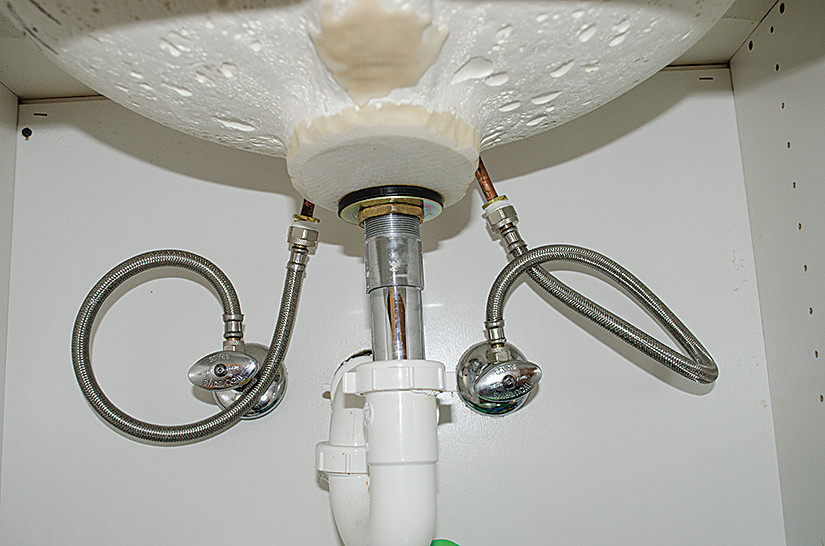 One of the most common causes of low water pressure in bathroom sinks is a clogged faucet aerator. This small attachment at the end of the faucet helps control the flow of water and can easily become clogged with mineral deposits or debris. To fix this issue, simply unscrew the aerator from the faucet and clean it thoroughly. If the buildup is too severe, you may need to replace the aerator altogether.
Pro Tip:
Regularly cleaning and maintaining your faucet aerator can prevent low water pressure issues in the future.
One of the most common causes of low water pressure in bathroom sinks is a clogged faucet aerator. This small attachment at the end of the faucet helps control the flow of water and can easily become clogged with mineral deposits or debris. To fix this issue, simply unscrew the aerator from the faucet and clean it thoroughly. If the buildup is too severe, you may need to replace the aerator altogether.
Pro Tip:
Regularly cleaning and maintaining your faucet aerator can prevent low water pressure issues in the future.
Old or Faulty Pipes
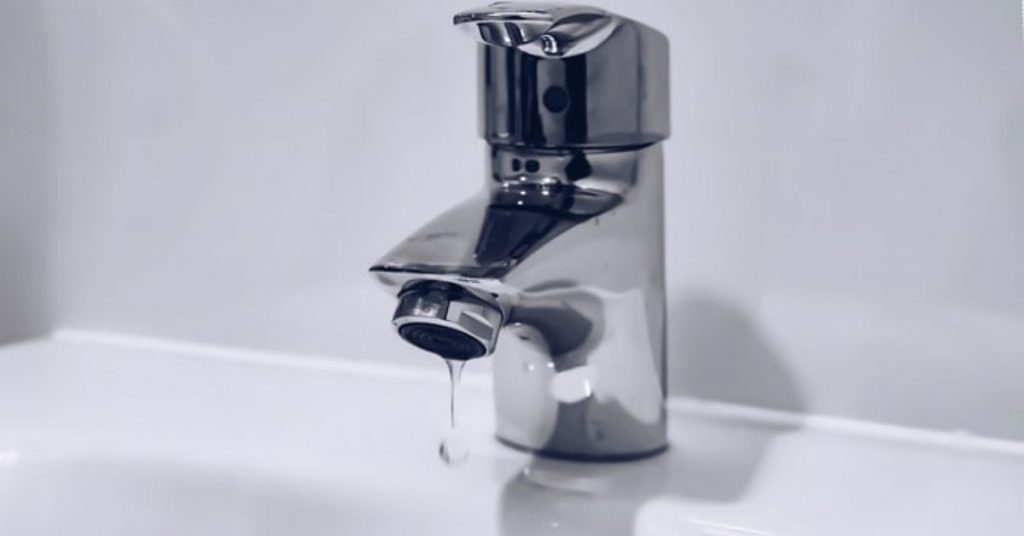 Another potential cause of low water pressure in bathroom sinks is old or faulty pipes. Over time, pipes can become corroded or damaged, leading to leaks and decreased water flow. If your home has old plumbing, it may be time to consider replacing the pipes. However, if you suspect that the issue is due to a specific pipe, such as a clogged or damaged one, it's best to call a professional plumber to handle the repairs.
Another potential cause of low water pressure in bathroom sinks is old or faulty pipes. Over time, pipes can become corroded or damaged, leading to leaks and decreased water flow. If your home has old plumbing, it may be time to consider replacing the pipes. However, if you suspect that the issue is due to a specific pipe, such as a clogged or damaged one, it's best to call a professional plumber to handle the repairs.
Water Pressure Regulator
 The water pressure in your home is regulated by a device called a water pressure regulator. If this regulator becomes faulty or malfunctions, it can result in low water pressure throughout your house, including your bathroom sink. If you suspect this may be the issue, it's best to call a plumber to inspect and potentially replace the water pressure regulator.
The water pressure in your home is regulated by a device called a water pressure regulator. If this regulator becomes faulty or malfunctions, it can result in low water pressure throughout your house, including your bathroom sink. If you suspect this may be the issue, it's best to call a plumber to inspect and potentially replace the water pressure regulator.
Mineral Buildup in Pipes
 Over time, mineral deposits can build up inside your pipes, causing decreased water pressure. This is a common issue in areas with hard water, which contains high levels of minerals like calcium and magnesium. To prevent this buildup, consider installing a water softener or using a descaling agent to remove mineral deposits from your pipes.
Over time, mineral deposits can build up inside your pipes, causing decreased water pressure. This is a common issue in areas with hard water, which contains high levels of minerals like calcium and magnesium. To prevent this buildup, consider installing a water softener or using a descaling agent to remove mineral deposits from your pipes.
Conclusion
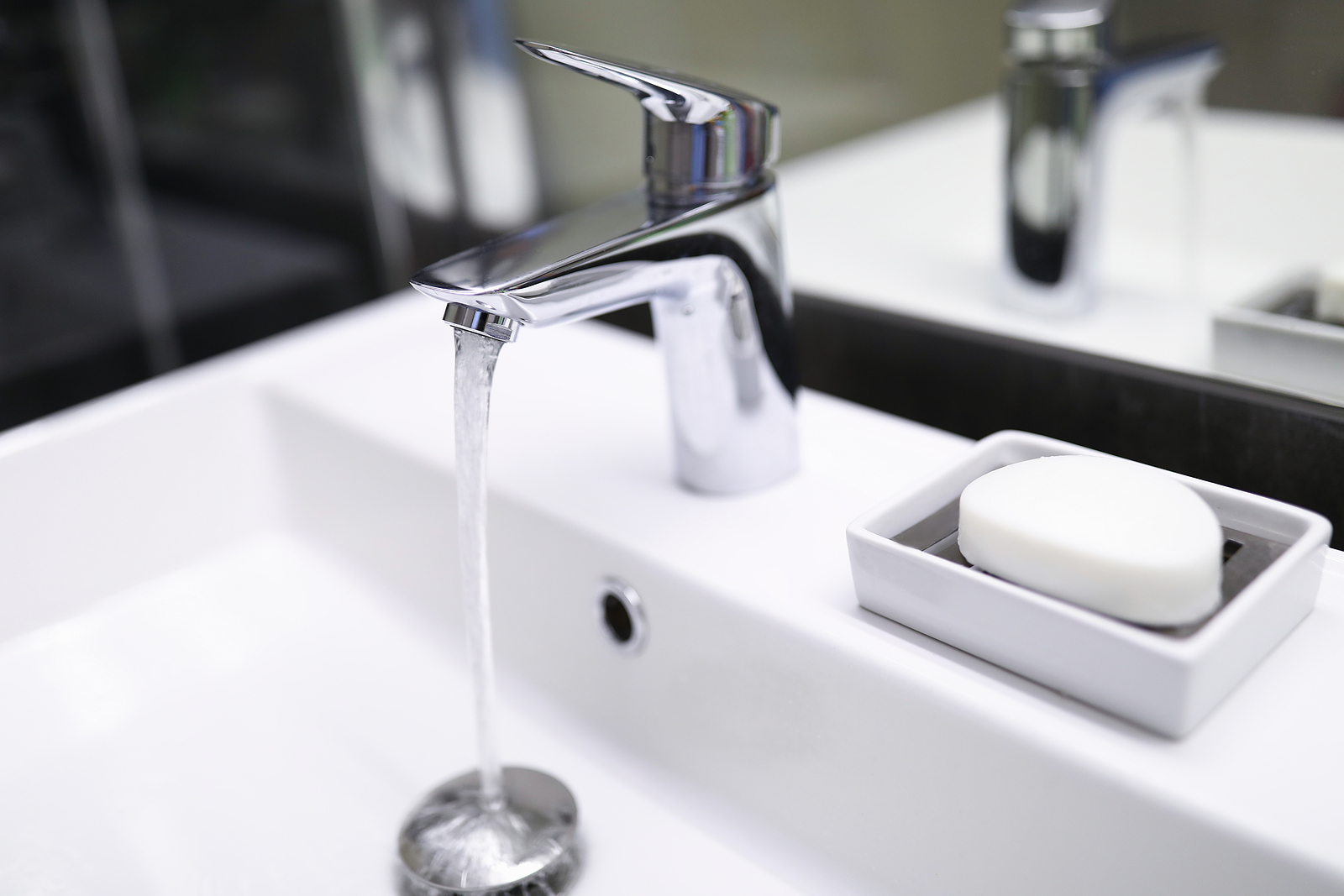 Dealing with low water pressure in your bathroom sink can be frustrating, but by understanding the possible causes, you can take the necessary steps to fix the issue. Whether it's a simple clog or a more complex problem with your plumbing, addressing the issue promptly can ensure that you have a fully functional bathroom sink. Remember, regular maintenance and cleaning can go a long way in preventing low water pressure issues in the future.
Dealing with low water pressure in your bathroom sink can be frustrating, but by understanding the possible causes, you can take the necessary steps to fix the issue. Whether it's a simple clog or a more complex problem with your plumbing, addressing the issue promptly can ensure that you have a fully functional bathroom sink. Remember, regular maintenance and cleaning can go a long way in preventing low water pressure issues in the future.


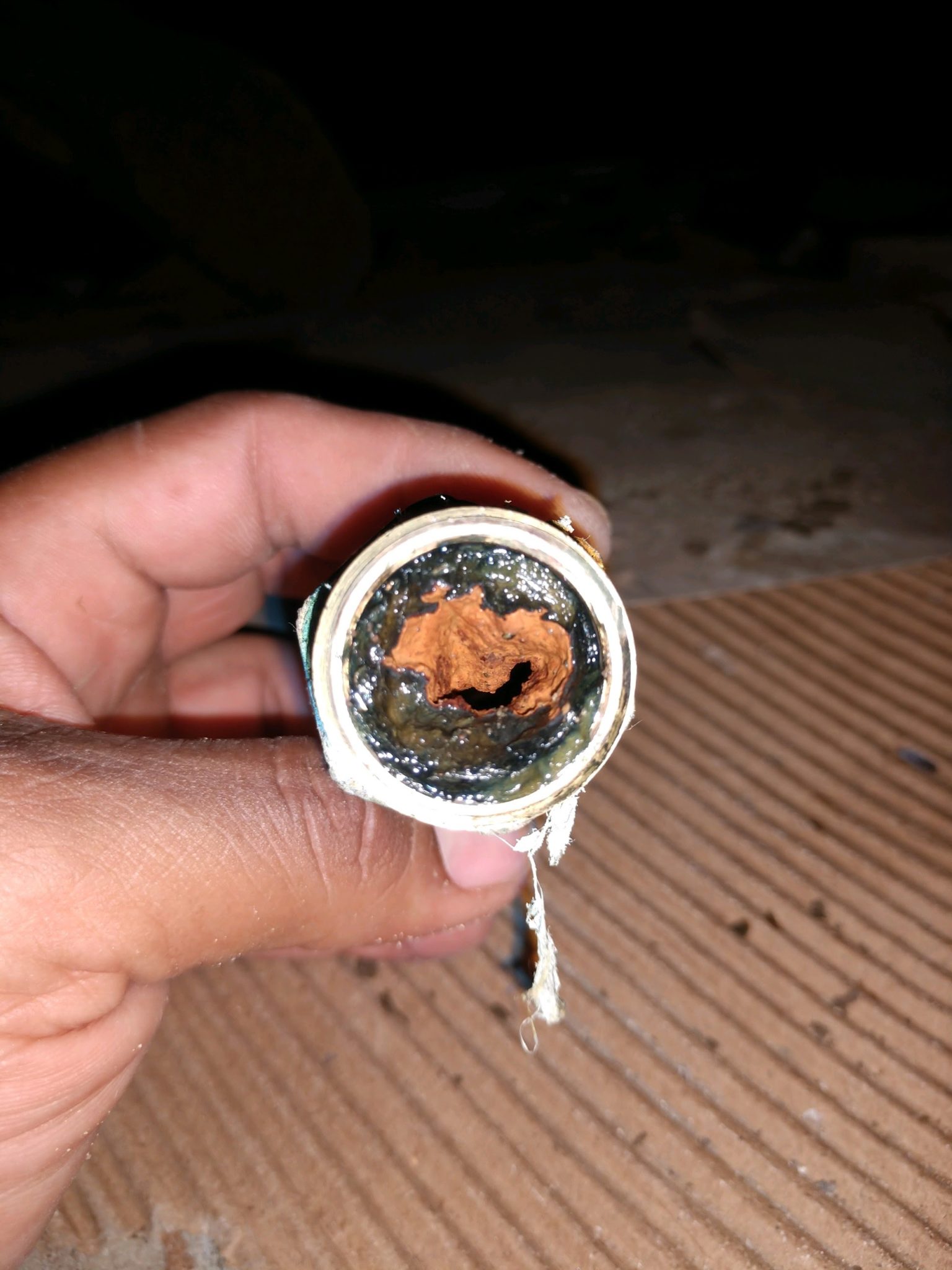

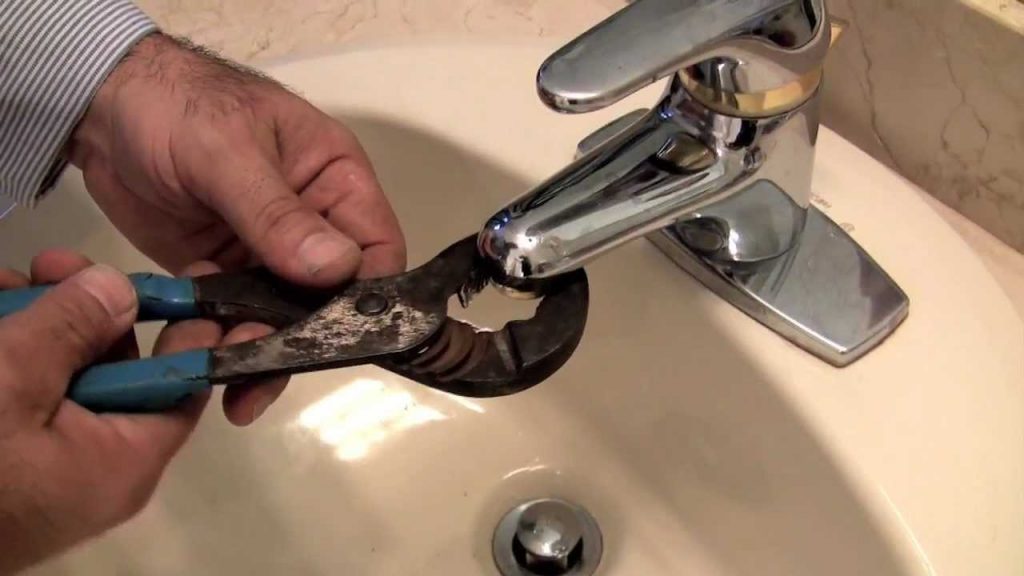


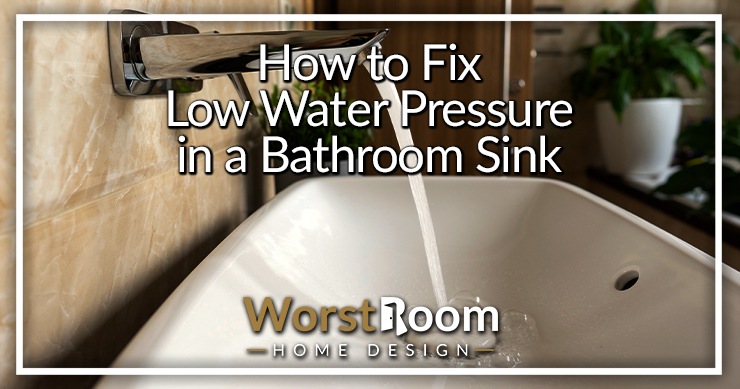

:max_bytes(150000):strip_icc()/increase-low-shower-pressure-4052359_FINAL_01-6ece340f72f74bf9ae59e4192b03c0bc.png)









:max_bytes(150000):strip_icc()/home-water-pressure-problems-2718730-v4-3639a1eeda0945239e64b0fe6b6d3401.gif)

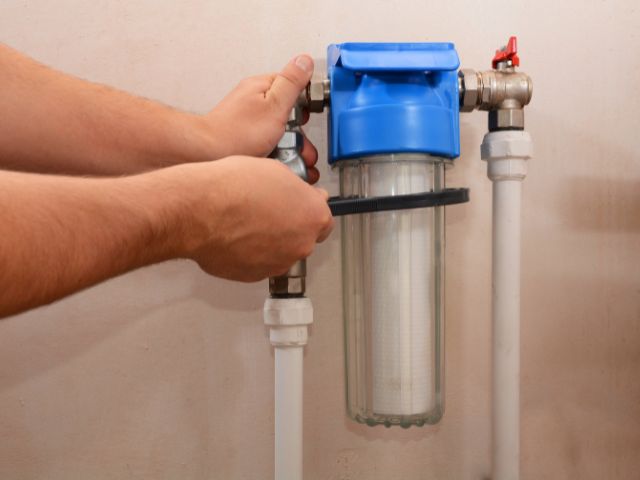
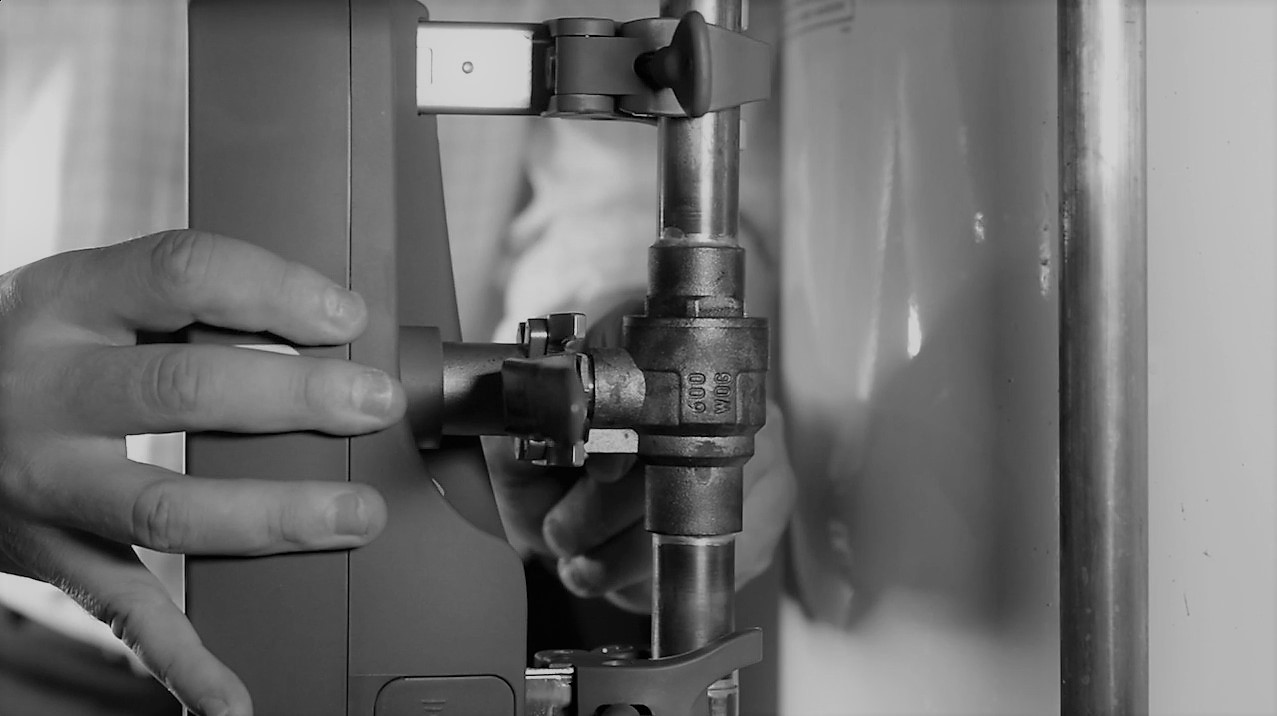



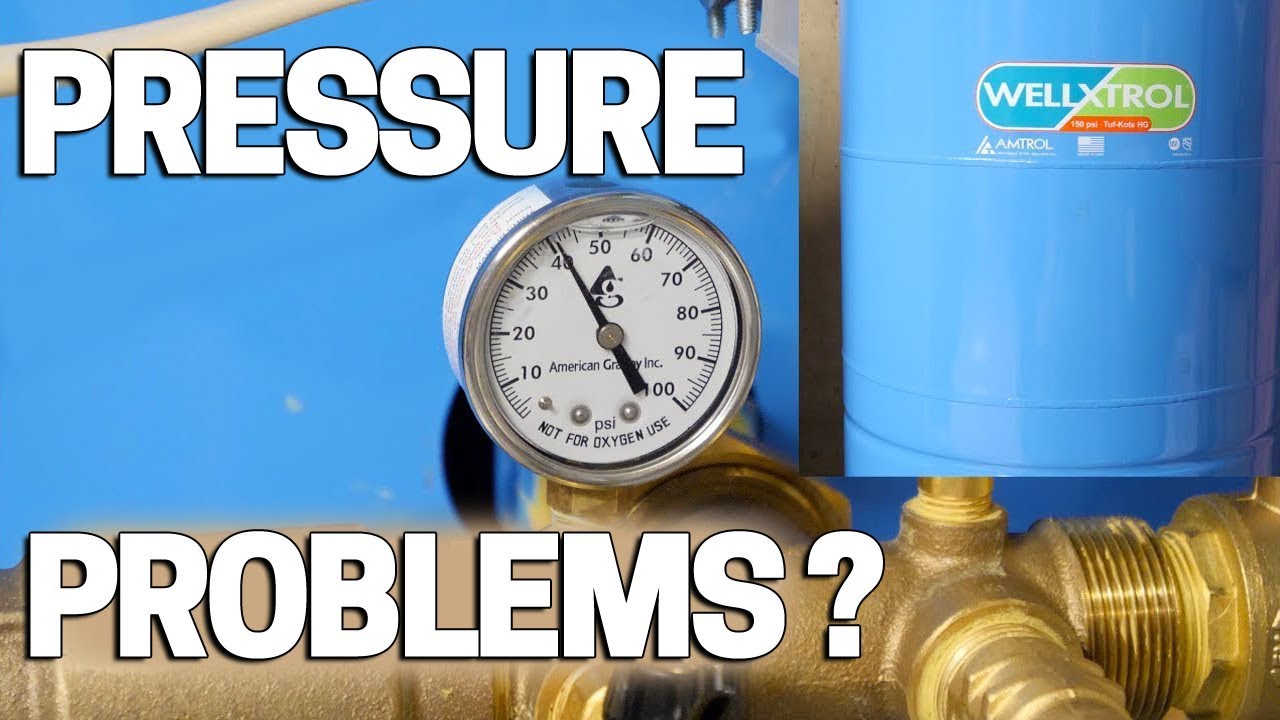








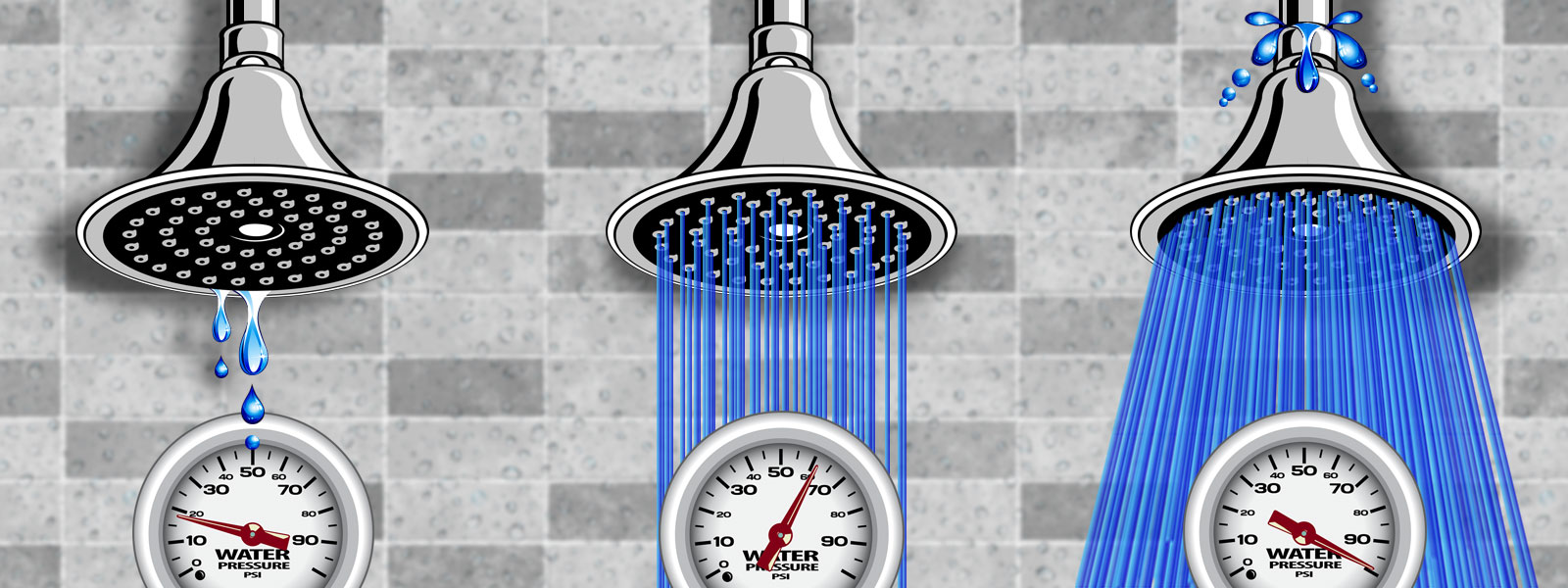

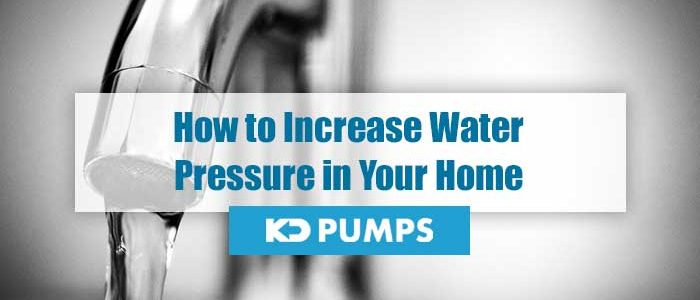


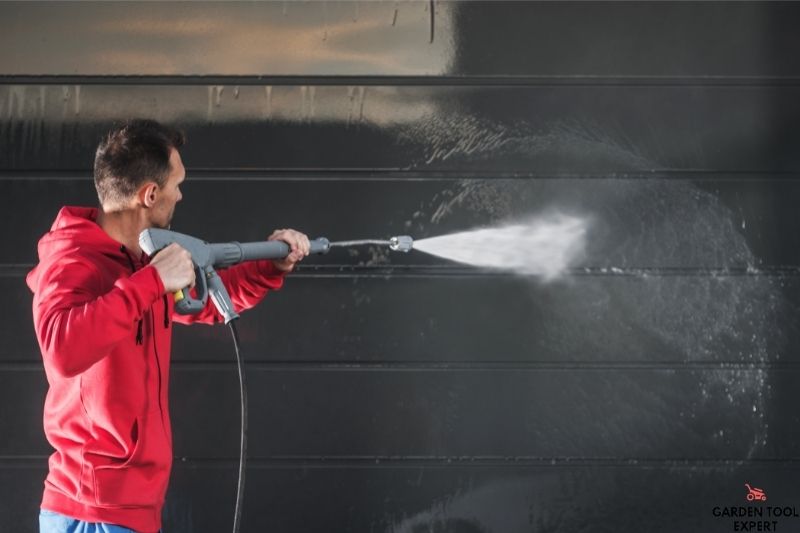
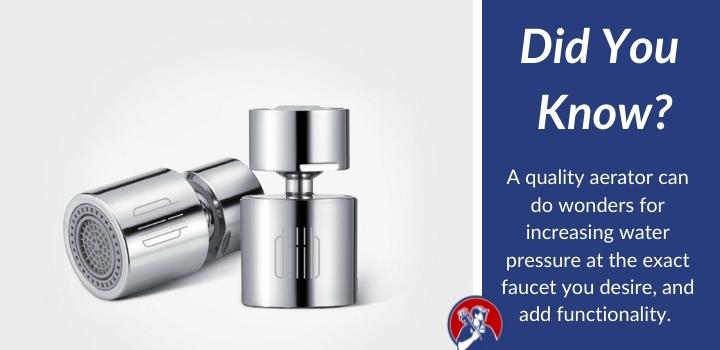


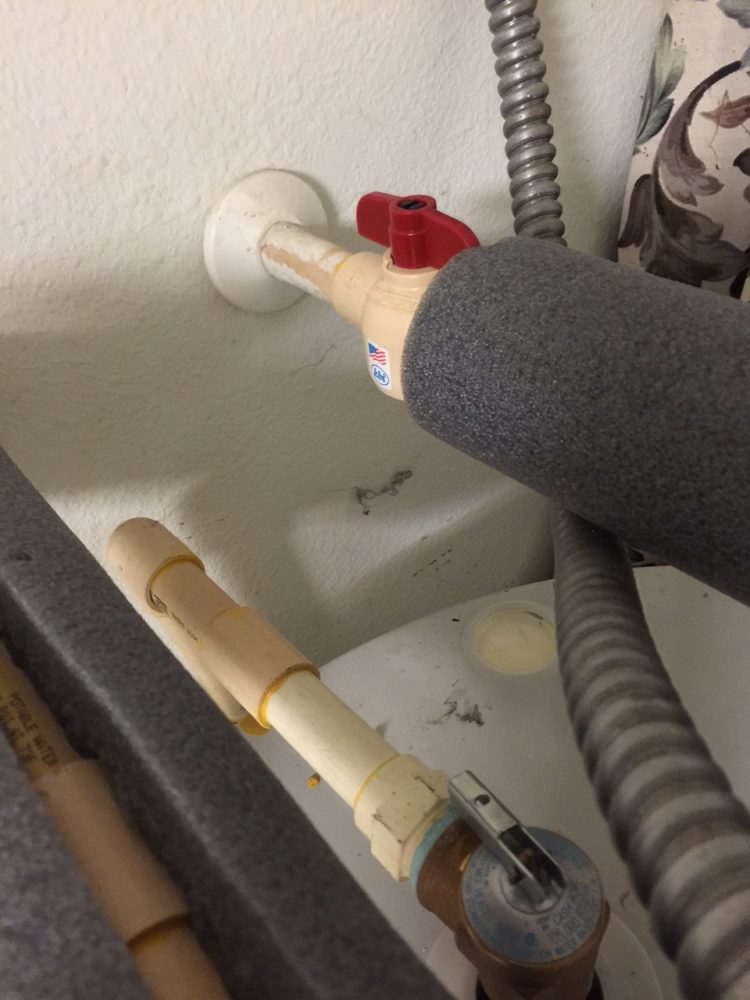




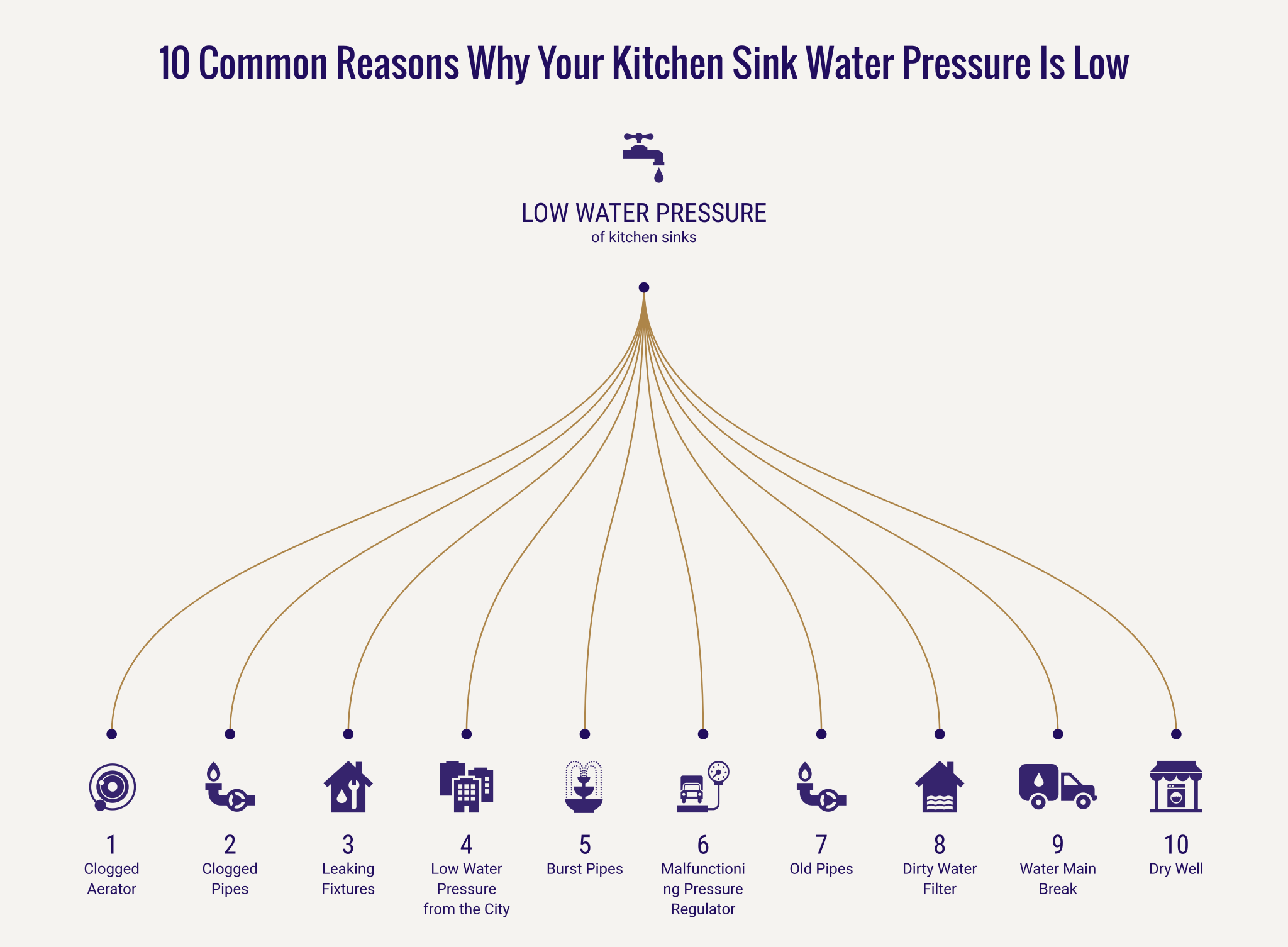
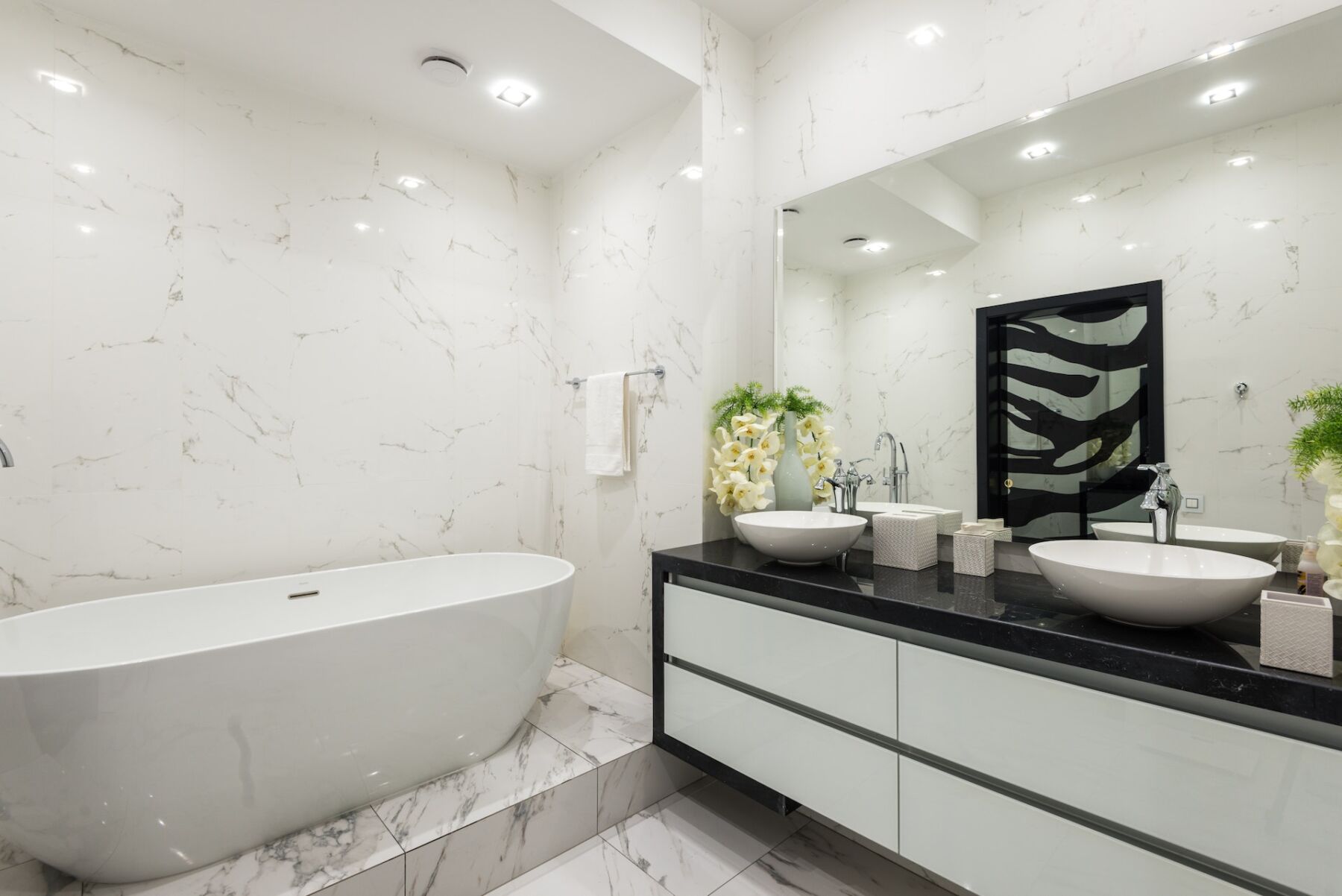











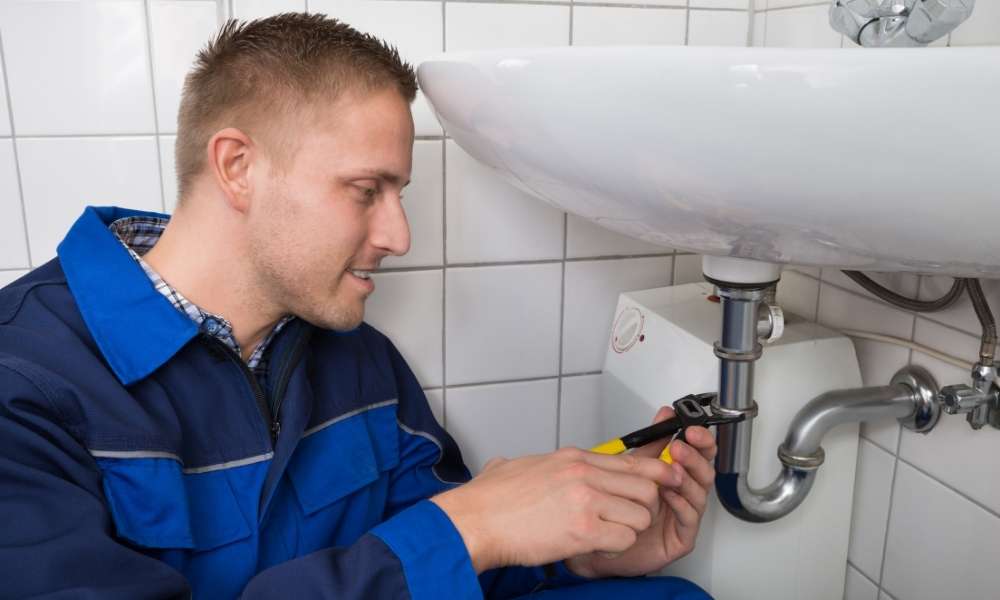


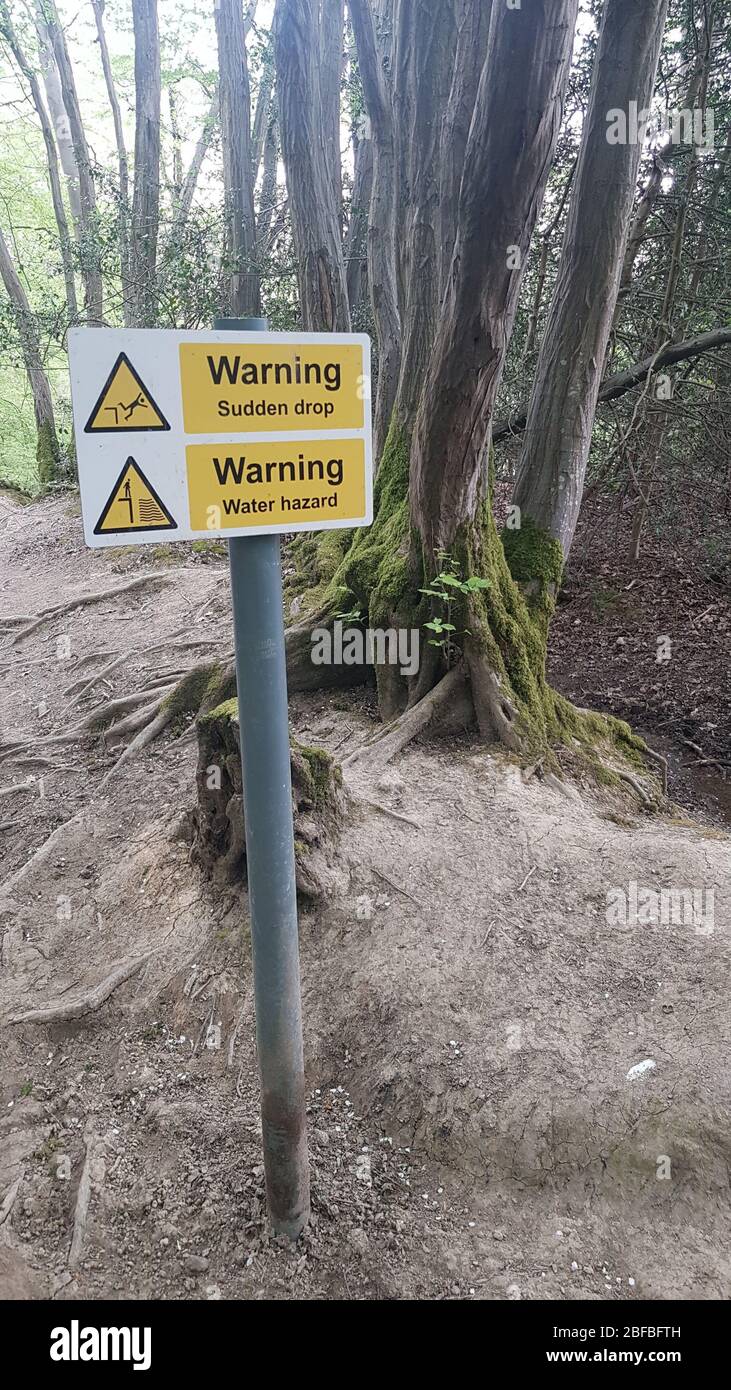
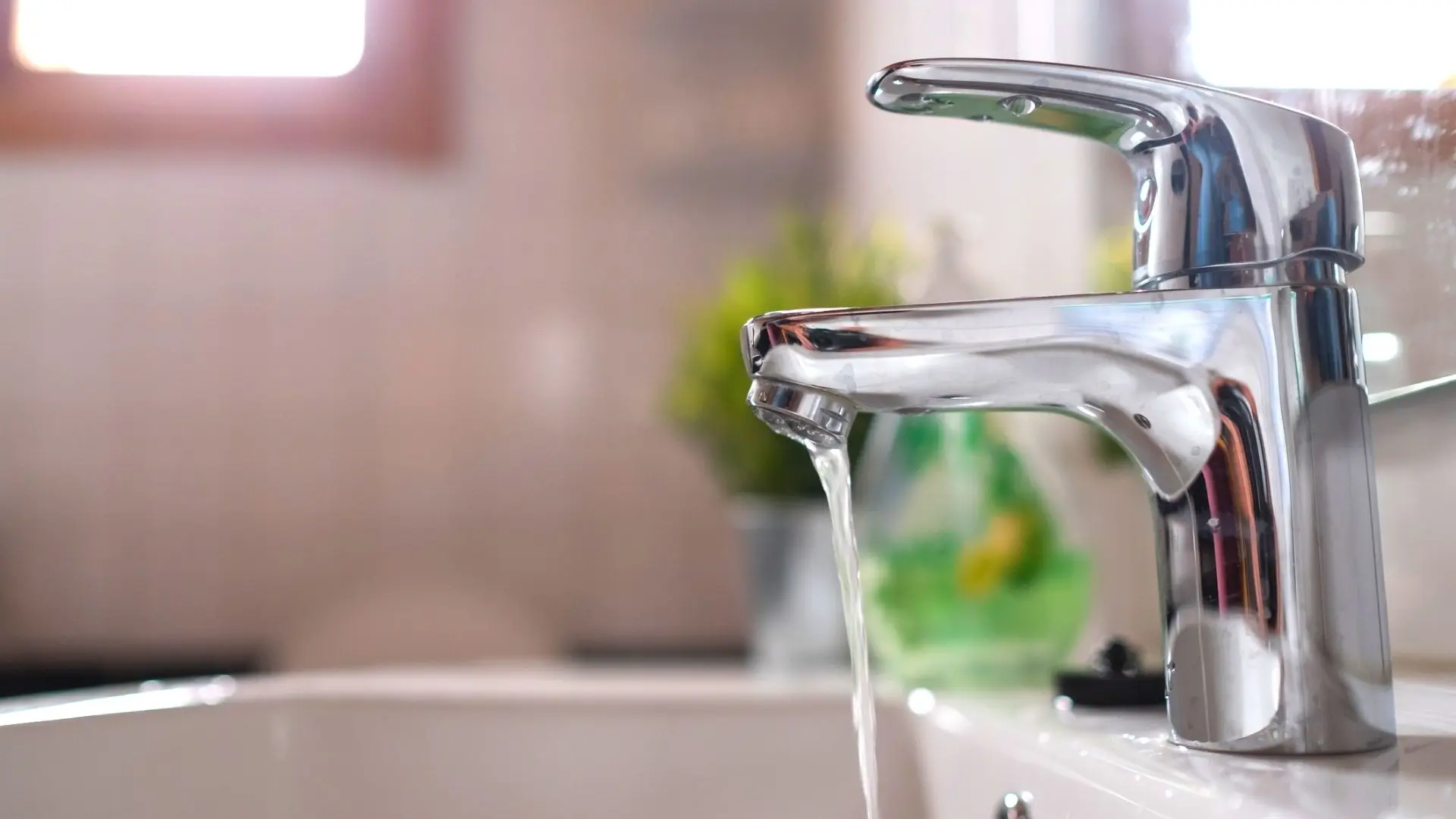


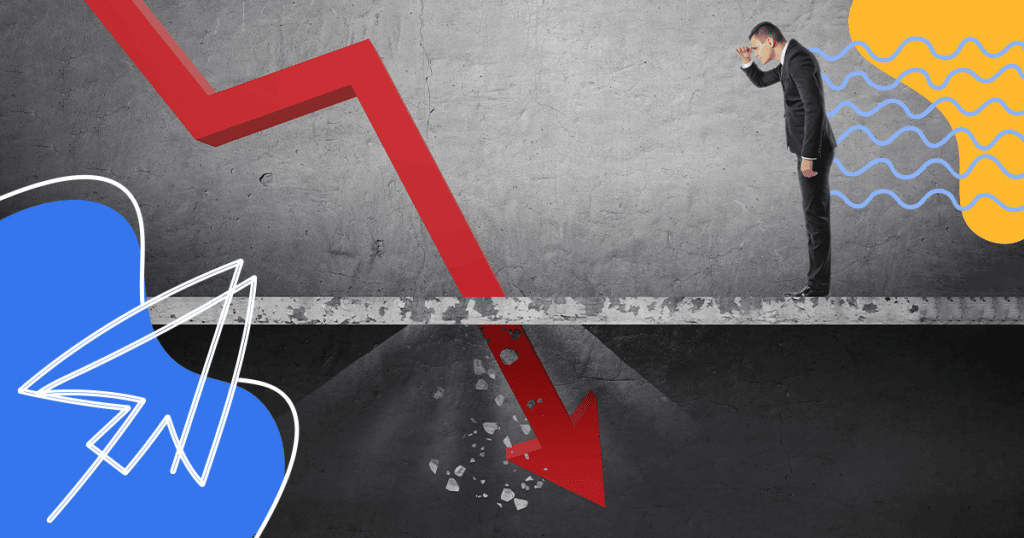


/low-water-pressure-2718732-05-99eb1816e88841c593aeeaaaf330085b.jpg)




